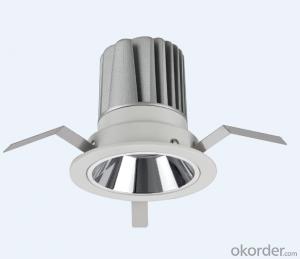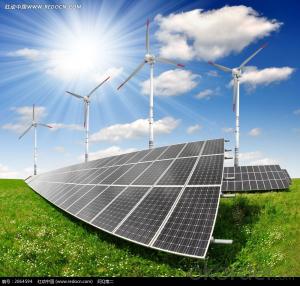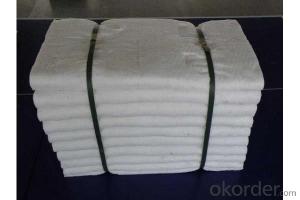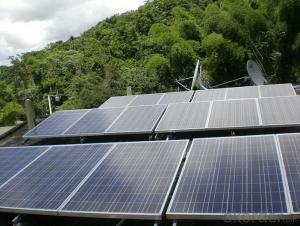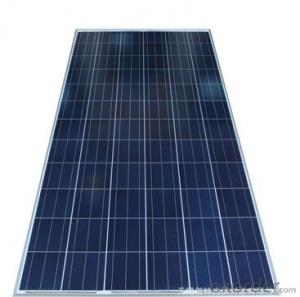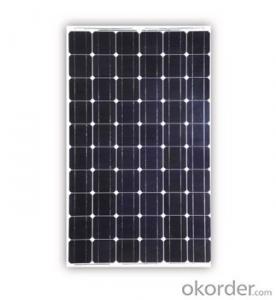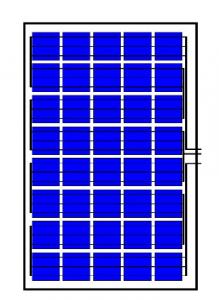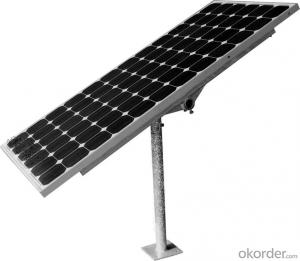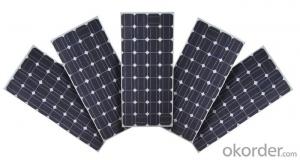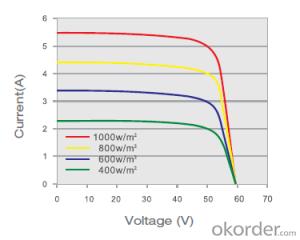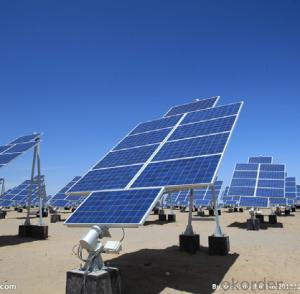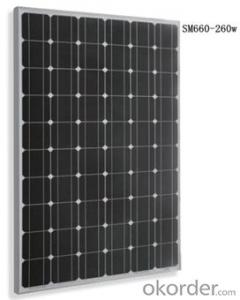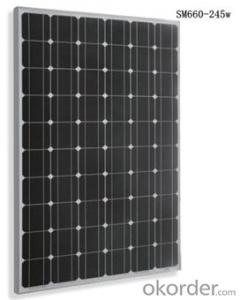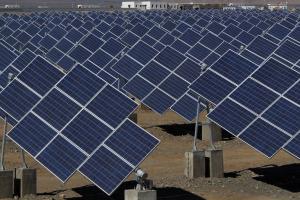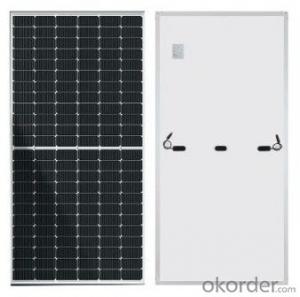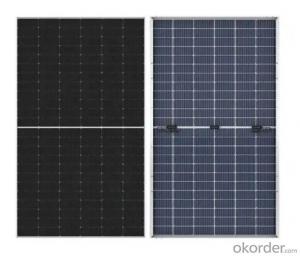Solar Module Lamination
Solar Module Lamination Related Searches
Bottom Solar Led Module Solar Light Module Solar Module Construction First Solar Series 6 Module Solar System Module Solar Power Management Module Solar Power Module Black Solar Module Bosch Solar Module C-Si M 60 Solar Battery Charger ModuleHot Searches
China Ac Module Solar Panel China Solar Ac Module China Solar Module Prices China Solar Module Solar Module China Ac Module Solar Panel Price Solar Inverter Panel Price Solar Panel Module Price Solar Module Wholesale Price Solar Module Price Per Watt First Solar Module Price Solar Module Price Increase Solar Module Price Solar Panel Inverter Size Solar Panel Module Size Solar Panel Inverter Suppliers Solar Panel Module Types Solar Inverter Solar Panel Tesla Solar Panel Inverter Solar Hot Water Collectors For SaleSolar Module Lamination Supplier & Manufacturer from China
Okorder.com is a professional Solar Module Lamination supplier & manufacturer, offers integrated one-stop services including real-time quoting and online cargo tracking. We are funded by CNBM Group, a Fortune 500 enterprise and the largest Solar Module Lamination firm in China.Hot Products
FAQ
- Yes, solar panels can be used in areas with high wind speeds. However, it is important to ensure that the solar panel installation is designed and engineered to withstand the specific wind conditions in the area. This may involve using specialized mounting systems and ensuring proper anchoring and structural reinforcement to prevent damage or dislodgement due to strong winds.
- There are no direct health risks associated with solar panels. However, improper installation or maintenance may pose electrical hazards, and exposure to high temperatures or falling from heights during installation can lead to accidents. Additionally, some solar panels contain small amounts of hazardous materials, but they are tightly sealed and the risk of exposure is minimal. Overall, when installed and maintained correctly, solar panels are safe and have numerous environmental and health benefits.
- Yes, solar panels can be used to power air conditioning and heating systems. Solar energy can be converted into electricity through photovoltaic panels, which can then be used to power these systems. However, the effectiveness of solar panels in powering air conditioning or heating systems may vary depending on factors such as the size of the system, energy requirements, and the availability of sunlight. It is also common to use solar thermal systems for heating purposes, which capture the sun's heat directly to warm water or air for heating systems.
- please help me
- Solar okorder /
- The amount of energy solar panels can generate depends on various factors such as the size and efficiency of the panels, the location and orientation of the installation, and the amount of sunlight available. On average, a typical solar panel can generate about 250 to 400 watts per hour. However, larger solar installations or those with higher efficiency panels can generate several kilowatts or even megawatts of energy, which is enough to power homes, businesses, or even entire cities.
- Solar panels have a positive impact on a property's corporate social responsibility (CSR) by reducing its carbon footprint and reliance on fossil fuels. By generating clean and renewable energy, solar panels contribute to sustainability efforts, promote environmental stewardship, and demonstrate a commitment to reducing greenhouse gas emissions. Additionally, solar panels can enhance the reputation of a property, attract environmentally conscious stakeholders, and align with CSR goals of promoting renewable energy and protecting the planet.
- Yes, solar panels can be used in areas with high winds. However, it is important to ensure that the solar panel installations are properly designed and anchored to withstand the wind speeds typical for the area. Additionally, selecting durable and wind-resistant panel models can help mitigate any potential damage caused by strong winds.
- i've heard environmentalists like ed begley jr use the phrase quot;peak shaving hourswhen talking about solar energy.what does that phrase mean, please?thank you to all who respond.
- Graminoids are among the most versatile life forms. They became widespread toward the end of the Cretaceous period, and fossilized dinosaur dung (coprolites) have been found containing phytoliths of a variety that include grasses that are related to modern rice and bamboo. Grasses have adapted to conditions in lush rain forests, dry deserts, cold mountains and even intertidal habitats, and are now the most widespread plant type; grass is a valuable source of food and energy for all sorts of wildlife and organics. Graminoids are the dominant vegetation in many habitats, including grassland, salt-marsh, reedswamp and steppes. They also occur as a smaller part of the vegetation in almost every other terrestrial habitat. There are some 3,500 species of graminoids. Many types of animals eat grass as their main source of food, and are called graminivores – these include cattle, sheep, horses, rabbits and many invertebrates, such as grasshoppers and the caterpillars of many brown butterflies. Grasses are also eaten by omnivorous or even occasionally by primarily carnivorous animals. In the study of ecological communities, herbaceous plants are divided into graminoids and forbs, which are herbaceous dicotyledons, mostly with broad leaves.




